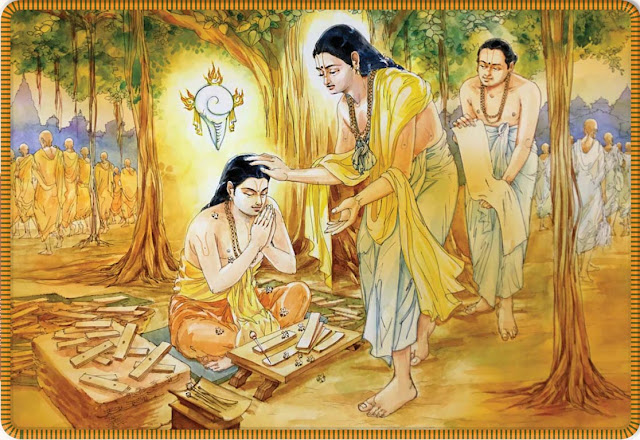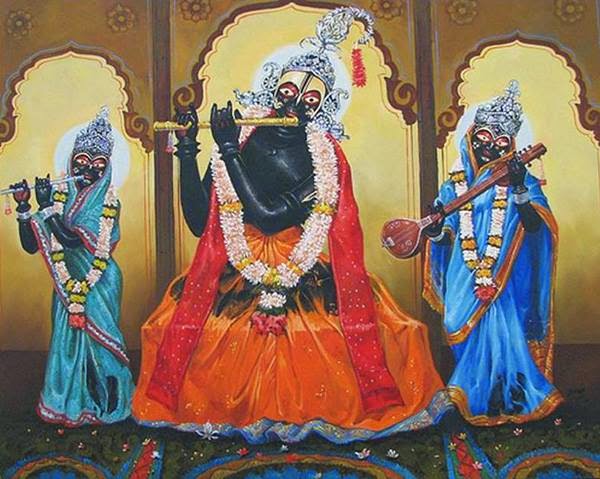Another Side of Bhaktivinoda Thakur 29 : Pirīti-nagara : The Hidden World of Gauranga’s Romantic Affairs

What can I say about the magnificence of Gadadhar Pran Das? It has been 40 years since he embarked on this journey of discovering rāgānugā bhakti and kāntā bhāva . His explorations have taken him into regions of Gaura bhakti tradition that very few have managed to find. Who has been able to understand the meaning of Rupa Goswami's verses and how to transform them into an active devotional life? Who has understood the meaning of madhura-rasa in the way that he has? Who has shown the kind of unbroken and constant commitment to the goal of prema-bhakti that he has? In this chapter of this work, in which he connects Srila Bhaktivinoda Thakur to the origins of the guru-paramparā and finds a connection to Gora nagara bhāva is a great achievement of svārasikī bhajana . In this chapter and the previous, he has justified sharing some of the intimate details of his bhajan so that ordinary practitioners on the vidhi-mārga , who think they have learned everything there is to know
